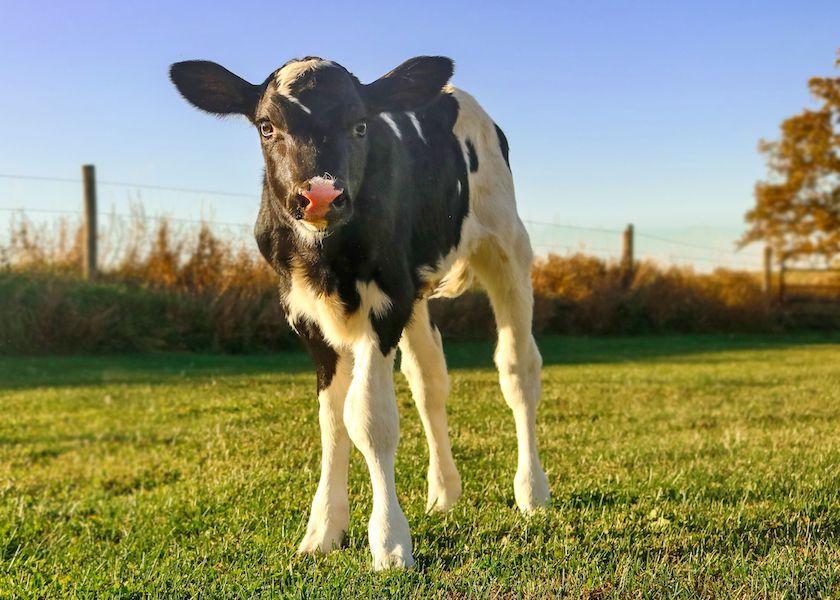Helping Calves Eat Naturally

Cattle have been domesticated for 6,000-8,000 years, and the way many of today’s dairy calves are raised would be unrecognizable to their earliest ancestors.
In our quest for healthy, growthy, efficiently raised calves, have we lost some of the more fundamental elements of what makes calves tick? A team of animal behavior and welfare researchers at the University of British Columbia recently published a study summarizing a broad body of research examining the behaviors and performance of calves raised in more “natural” settings – in other words, more like their original ancestors than the calf-rearing practices of today.
Among their findings, they discovered:
- 70% of preweaned dairy heifer calves in the United States are housed in individual pens until weaning. Similarly, 63% of dairy heifer calves in Canada, and 70% of calves is southern Brazil, also are raised in isolation. This is true despite a growing body of evidence supporting social housing of preweaned calves.
- When left to their own appetites and eating decisions, preweaned dairy calves will consume up to 15 L (quarts) of milk or milk replacer per day, and at as early as 2 weeks of age. At the same time, they can consume more than 5 L in a single meal.
- 72% of preweaned dairy calves in the U.S., and 40% of farms in southern Brazil, feed calves their liquid rations via buckets versus nipples, which does not support their instinctive suckling behavior.
- Cross-sucking other calves, and sucking inanimate objects, is much more common among calves that are fed from a bucket, and/or are hungry. Calves fed from artificial teats (nipples) spend less time cross-sucking than those fed from a bucket. In another example, calves that were provided ad-lib milk allowances and a “dummy” teat for leisure spent only about 1 minute per day with the dummy teat when fed via nipple, and 13 minutes per day when fed with a bucket.
- Preweaned calves prefer fresh grass to other solid feed sources. One study showed that calves with access to pasture spent more time ruminating, and another showed that dairy calves raised with access to pasture consumed less starter grain pre-weaning than calves raised in a barn.
The authors noted the public call for “natural” living conditions for animals can be widely variable; sometimes detrimental to welfare; and difficult to define. Still, based on the findings in their extensive literature analysis, they offered up the following suggestions for helping calves eat and live in closer alignment with their natural habitat:
- Provide social partners soon after birth to promote behavioral development in the first two months of age.
- Feed high volumes of the liquid diet (ad libitum is encouraged) from a teat or nipple.
- Step down weaning gradually to mimic the natural transition from mother’s milk to solid feed. The more precisely this process can be tailored to the individual calf, the better.
- Consider offering preweaned calves access to pasture. This is a common practice in Australia and New Zealand, and may be beneficial for rumen development.
The authors said understanding calf behavior in more natural settings may help bring about changes in calf management and housing that promote behaviors important to calf welfare.
For more on calf nutrition, read:
- How to Pick the Best Electrolyte for Your Calves
- Slug-feeding Starter May Create Bad Habits for Life
- Calf Milk Consistency Deserves Attention







